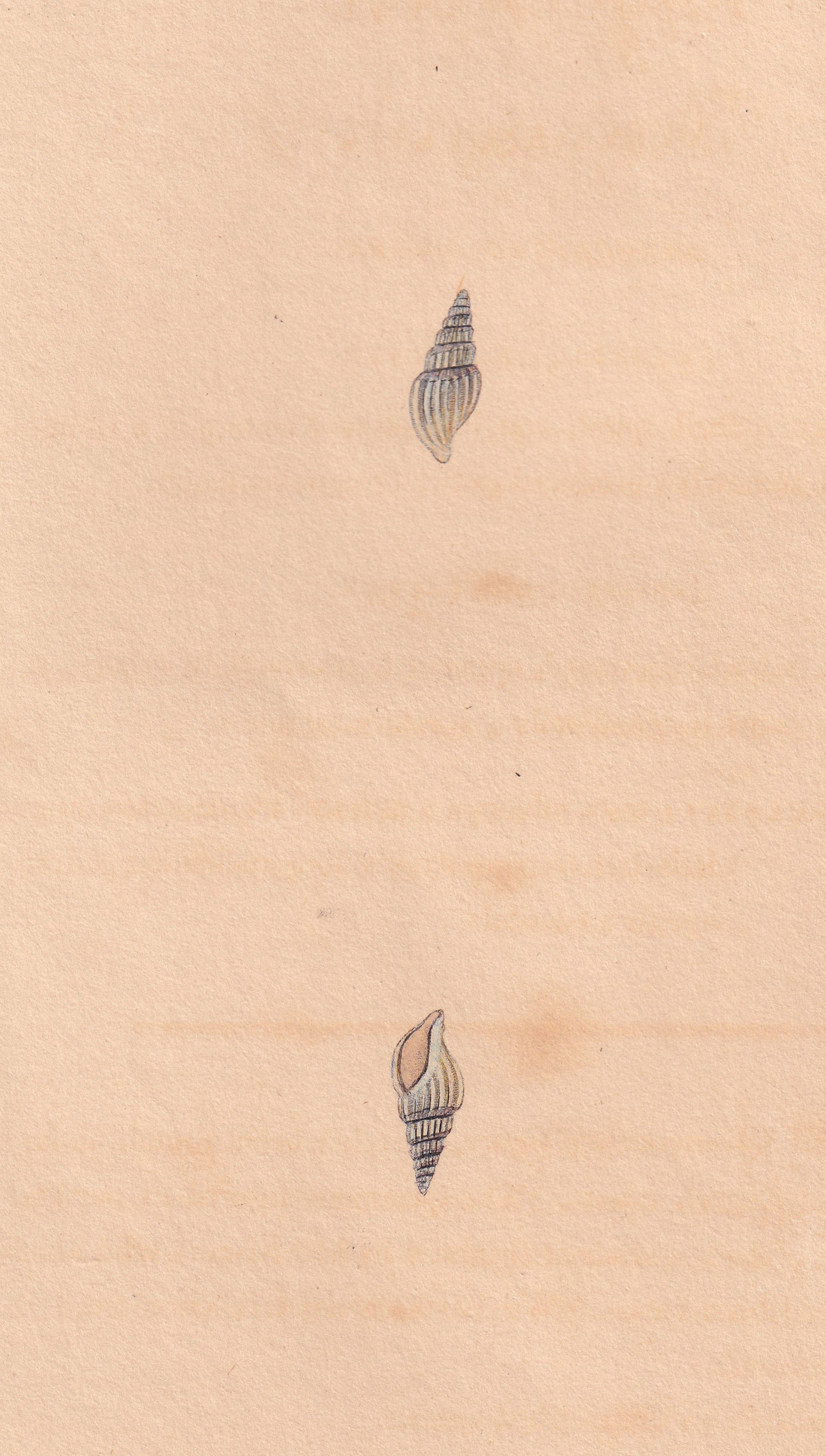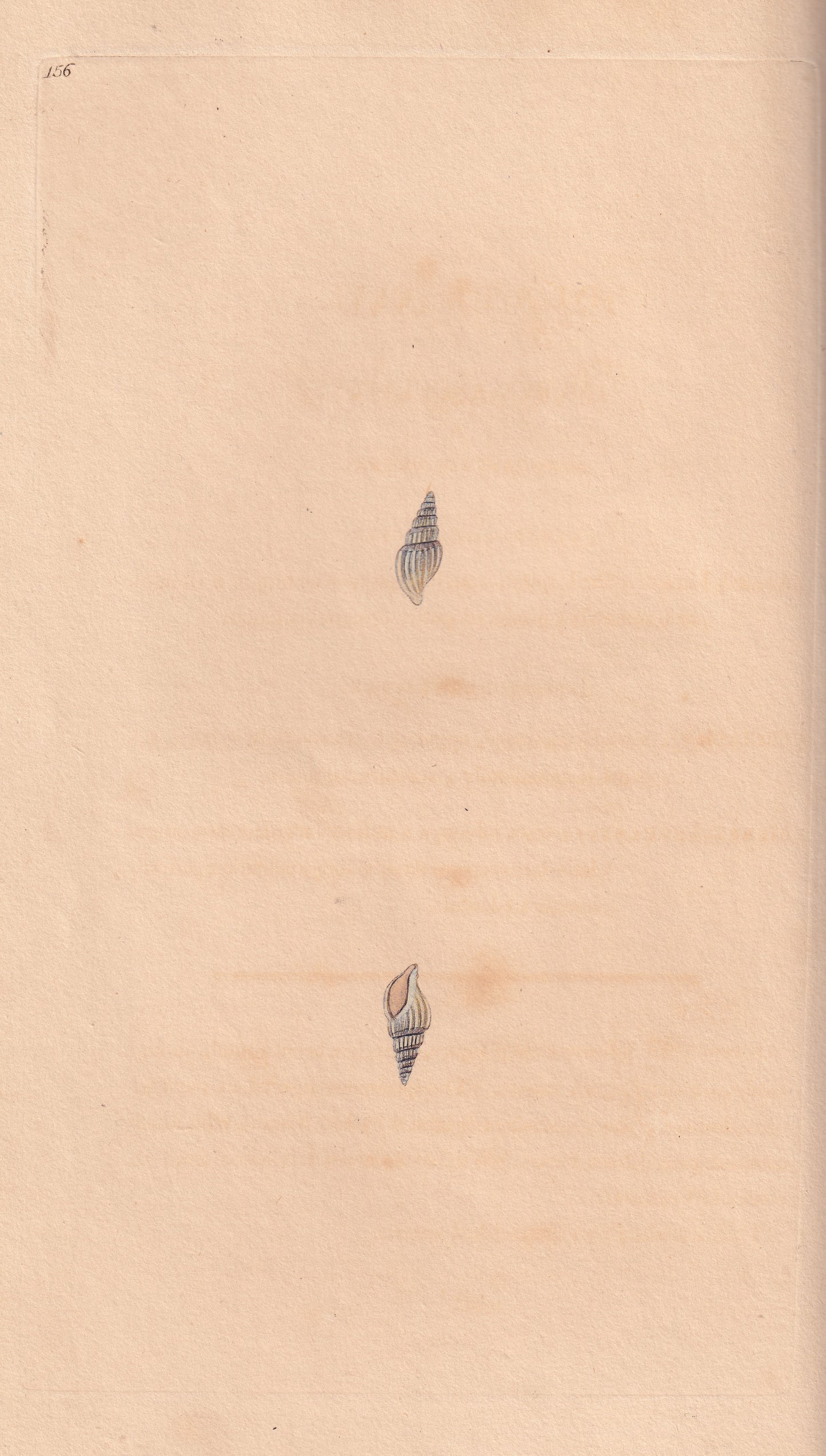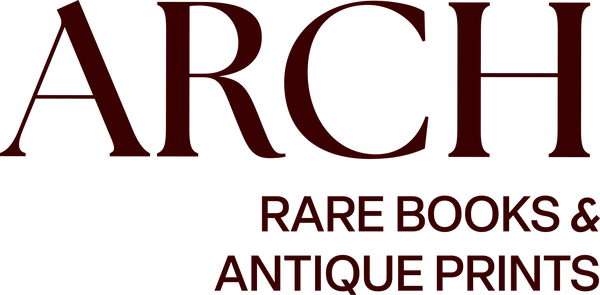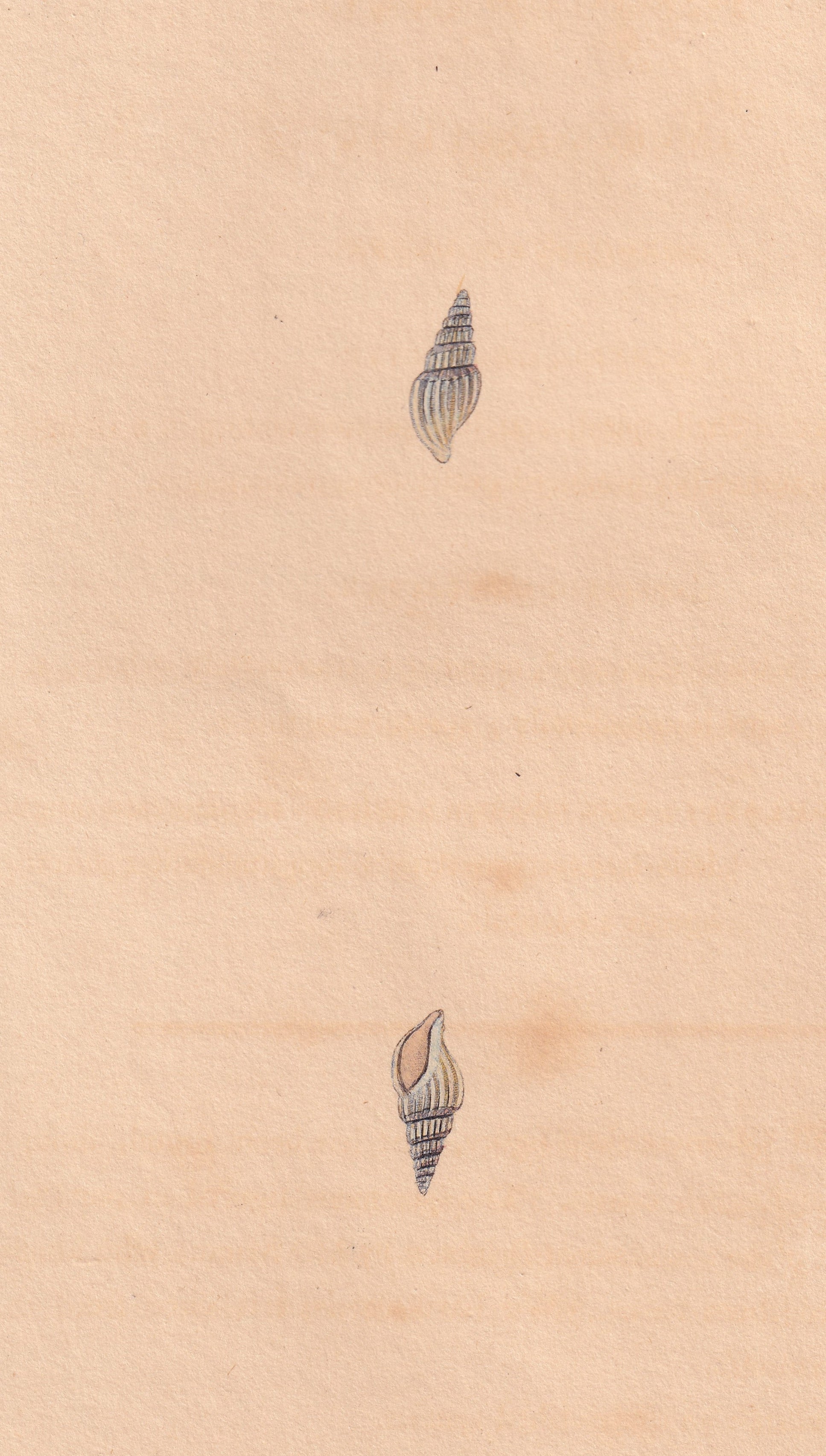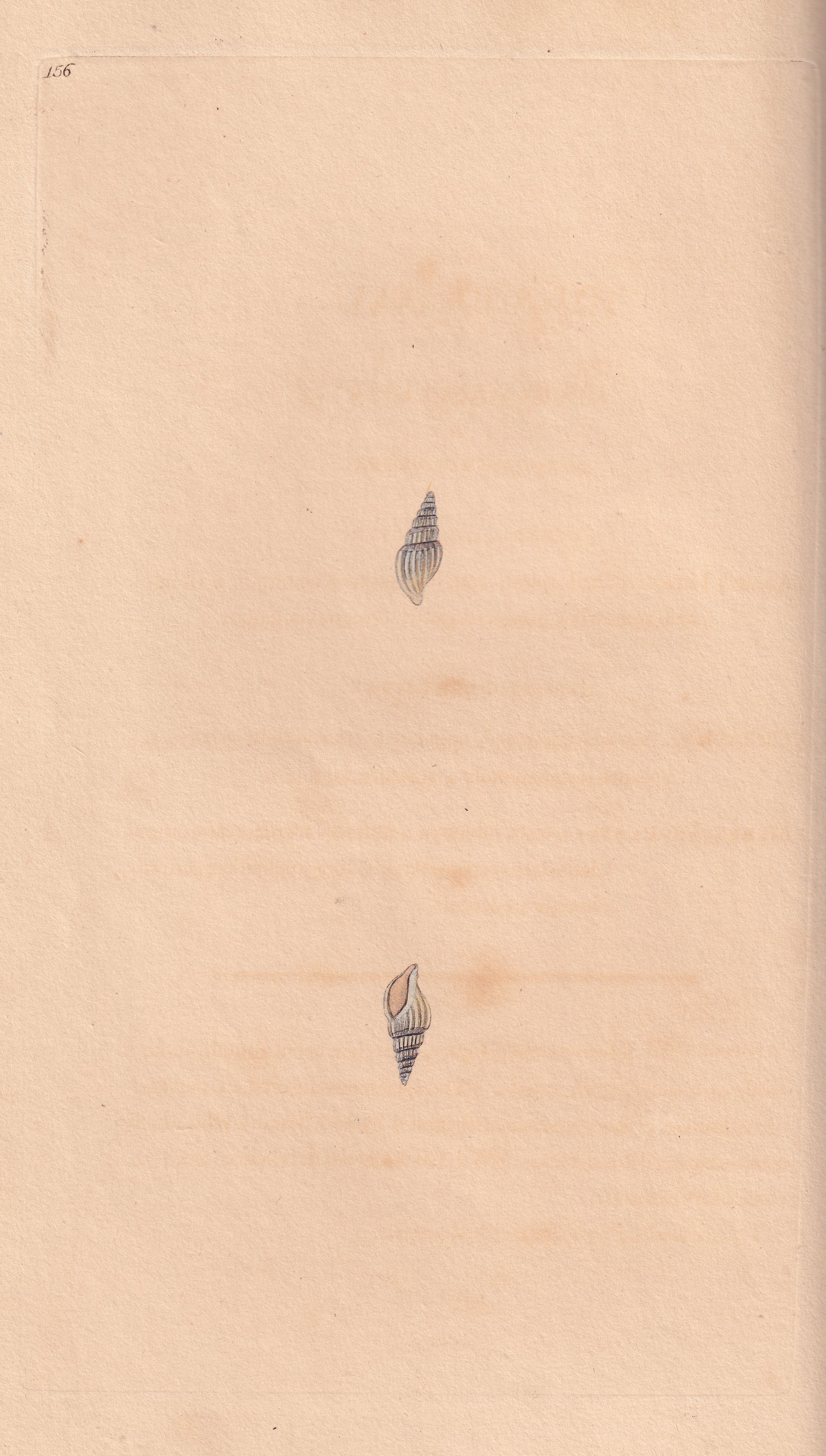Edward Donovan's Natural History of British Shells
Angulated Murex
Angulated Murex
Couldn't load pickup availability
Artist: Edward Donovan
Date: 1799
Style: Hand Coloured Engraved Plates, all in fine, bright colours.
Paper Size: The images are cropped to show the printed area only 8” x 5” or 20.3cm x 12.7cm but the actual engraving has a wide border allowing for mounting and framing approx. 6” x 9.5” or 15.24cm x 24.13cm.
Condition: Very good to excellent. Minor imperfections may be present due to age. Please examine the image carefully and contact us with any questions.
Wider Description Of The Collection:
Each of these fine early hand-painted engravings of shells is taken from the First Edition of Edward Donovan’s famously rare conchology series. These gorgeous illustrations are noted for their exceptional hand colouring.
Published in 1799, Donovan had taken nearly a decade to complete the series which he compiled during the 1790’s. A period more widely known as ‘The Enlightenment’, this specific decade in history, during the reign of George III was famous for not only the French Revolution but also The Mutiny on the Bounty.
Donovan was a talented artist, an avid natural history collector, and fellow of the Linnaean Society and the Wernerian Natural History Society. He also opened his own private museum in 1807, the London Museum and Institute of Natural History. This unique collection is taken from the Library Royal College Of Surgeons In Ireland
Donovan was the founder of the London Museum and Institute of Natural History, which housed his large natural history collection. Born in Cork, Ireland, he was an avid collector of natural history specimens purchased mainly at auctions of specimens from voyages of exploration. He was a Fellow of the Linnean Society and the Wernerian Natural History Society which gave him access to the best collections and libraries in London. It was quite common for private collectors to open small public museums, and in 1807 he founded the London Museum and Institute of Natural History. This exhibited several hundred cases of world birds, mammals, reptiles, fish, molluscs, insects, corals and other invertebrates and botanical specimens and other exotica alongside his British collections.
Share
